The dirtiest places in your home are not where you think
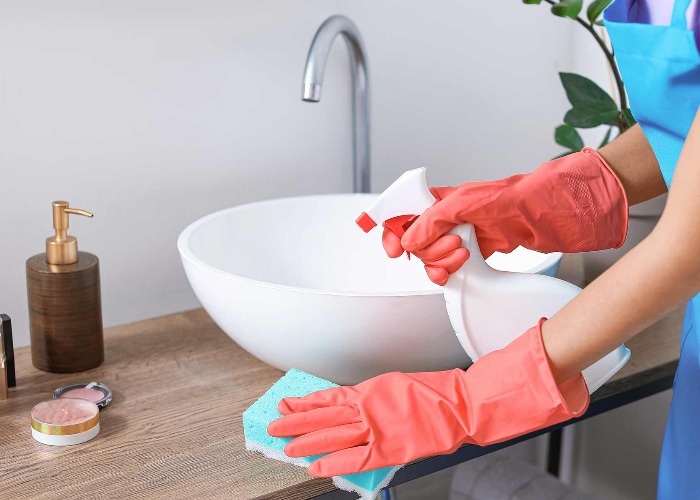
Time for a deep clean? These surprising germ-ridden spots should be top of your to-do list
With a surge in cold and flu bugs, not to mention COVID-19 variants to contend with this winter, the cleanliness of our homes has never been more important.
However, it's all too easy to only pay attention to the places where dirt is visible to the eye and overlook the real grime hotspots.
According to research by NSF International, an independent public health organisation in the US, there's a whole host of germ-ridden areas that most of us neglect to clean.
READ MORE: 35 bad home habits you need to stop now
NSF International swabbed 30 objects in 22 homes to come up with a list of the 10 dirtiest areas in your home, and surprisingly, the majority of germs aren't found in the bathroom...
10. Chopping boards
We use chopping boards to cut up all sorts of things – fish, vegetables, meat. Common sense tells us that we really should use a different board when it comes to chopping raw meat to prevent the spread of bacteria, but not every household sticks to this rule.
It's pretty unsurprising then to discover that coliform bacteria – the family of bacteria that includes E. coli and Salmonella – was found in 18% of cutting boards tested by the NSF.
So, what’s the answer? Nonporous materials are much more hygienic, so if you prefer to chop on wood, make sure it’s hardwood and always clean between uses.
When it comes to cleaning, vinegar, salt, baking soda, lemon juice, hydrogen peroxide and diluted bleach can all work wonders on a wooden board.
9. Stove knobs
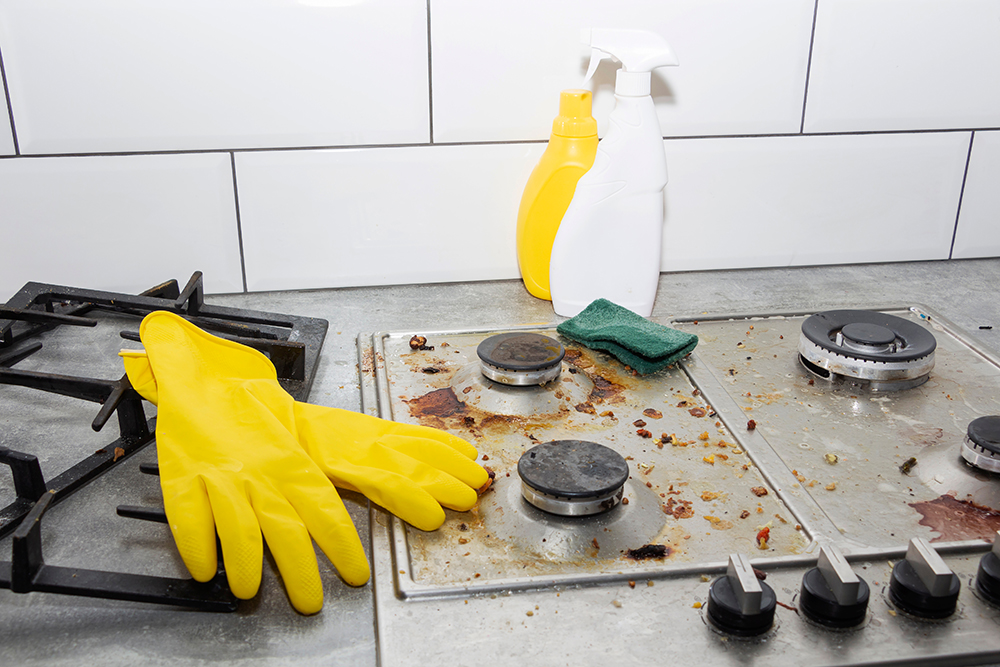
While it might not be immediately obvious, the controls of your hob are a common place for germs to hide in our homes – think of all those food splatters and how often we touch the dials during food preparation.
For a thorough clean, remove the knobs – consult your product handbook for the best way to do this – and wash and rinse them in hot soapy water and replace. Easy peasy.
8. Kitchen worktops
According to NSF’s findings, kitchen worktops had coliform bacteria present in 30% of the homes tested. It makes sense as we put everything there, from raw meat to carrier bags and even handbags, each carrying an array of germs – and then we prepare food in the same spot. It doesn’t even bear thinking about...
For a natural solid surface like granite, clean with washing up liquid and hot water. Washing up liquid also works for stainless steel but it should be dried with a soft cloth – to really make it shine, a dab of baby oil works a treat too.
7. Pet toys
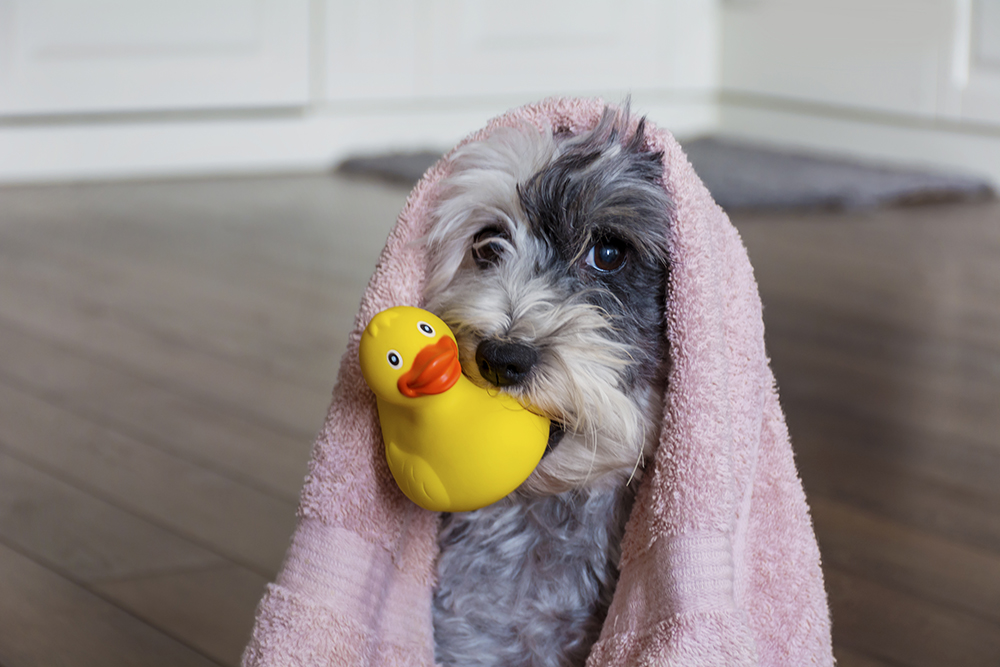
We love our cuddly, four-legged friends, but unfortunately, the toys they love to slobber all over are a hotbed for household germs including mould, yeast and staph bacteria.
Always wash your hands after playing with your pet and be sure to clean rubber or plastic toys with soap and hot water once every couple of weeks. Similarly, fabric toys should be chucked in the washing machine once a fortnight.
6. Tap handles
How many times have we turned the taps on with dirty hands in order to clean them? NSF's research found taps in both the kitchen and bathroom regularly have coliform bacteria present as well as yeast and mould.
It's a good idea to regularly clean the taps with a disinfectant cleaner and then use a firm toothbrush (solely used for this purpose) to work away at any grime, focusing on the joints.
5. Coffee machine
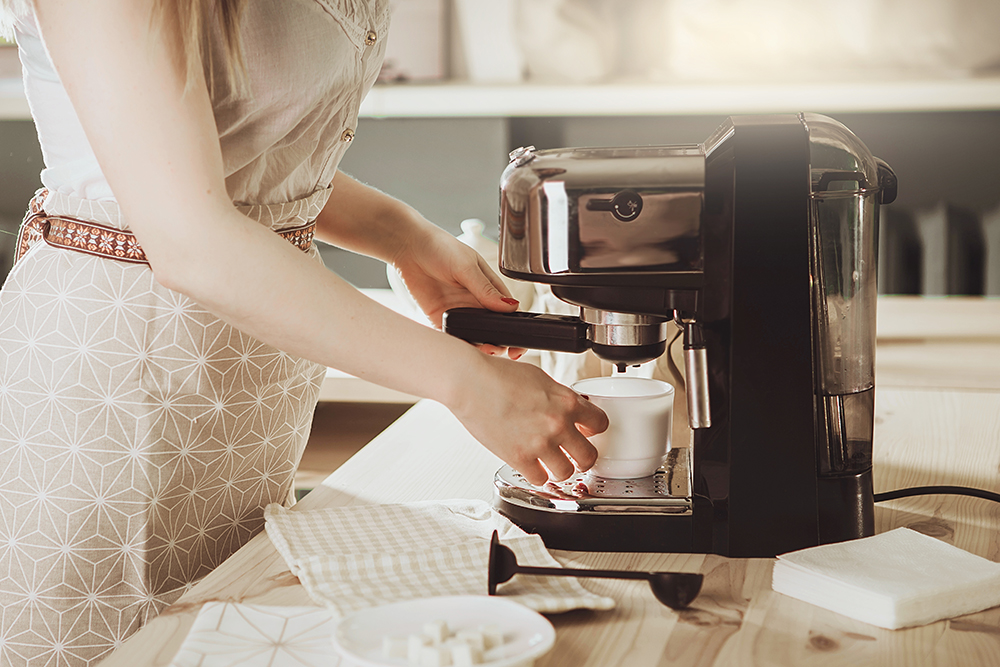
It may be our morning lifeline, but most are us are neglecting to properly clean our coffee machines, with the findings showing that 50% of the water reservoirs in the coffee makers tested contain yeast and mould.
After each use, you should wipe out the reservoir and a few times a week clean the individual components with soapy water. For a thorough clean, decalcify once a month with white vinegar, letting it stand for 30 minutes, then run it through the machine and flush with fresh water.
4. Pet food dish
It's a fact of life, most pets just aren't particularly clean eaters. Bits of food left on dishes throughout the day can breed germs that can be passed on to your four-legged family members.
Make sure you clean your pet’s dish with soap and hot water every day. The NSF also suggests soaking it in a bleach rinse (one cap of bleach to one gallon of water) for about 10 minutes once a week, before rinsing thoroughly and leaving to dry.
3. Toothbrush holder

How regularly do you place your dripping toothbrush back into its holder? The NSF’s research found coliform bacteria in 27% of toothbrush holders, while 14% had the staph group of bacteria, which can cause skin infections.
You can clean your holder by placing it in the dishwasher a couple of times a week, alternatively, a soapy hand wash with warm water will do just fine.
2. Kitchen sink
It’s where we wash our dishes, but our kitchen sink is also one of the dirtiest places in our home. Worryingly, the study found coliform bacteria in 45% of the sinks tested.
The NSF recommends washing and disinfecting the sides and bottom of your sink once or twice a week with a disinfectant cleaner or a bleach solution of one tablespoon of bleach to one gallon of water.
You should also sanitise any kitchen drains and disposals each month by pouring a solution of one tablespoon of bleach to 900ml of water down the drain.
1. Kitchen sponge
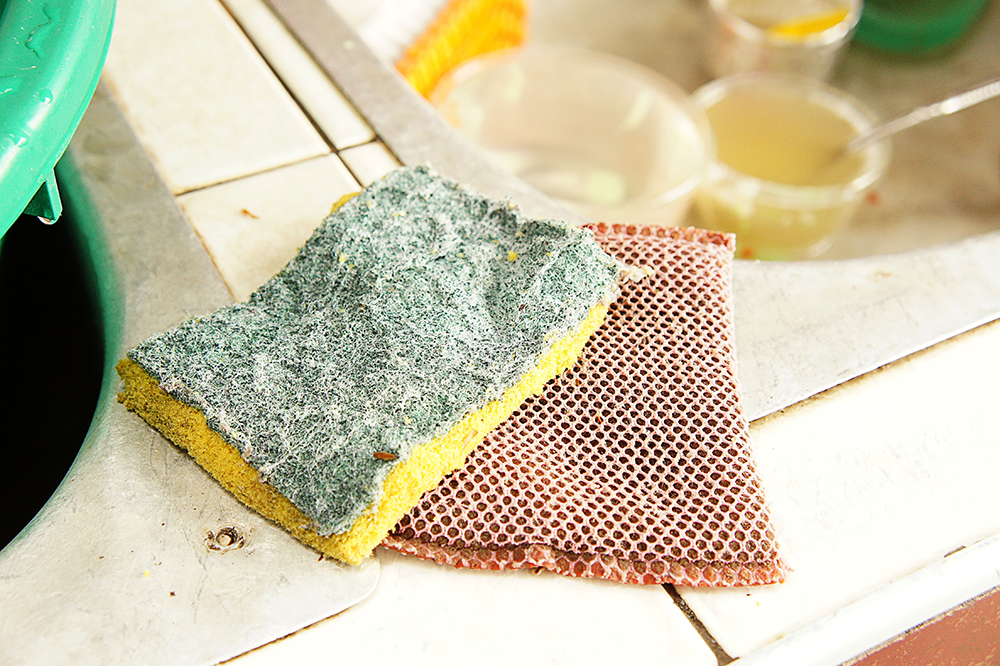
And so, to the grubbiest place in your house: the kitchen sponge. There’s a certain irony in the fact that the very thing you use to clean your plates, pots and surfaces is actually the dirtiest item in your home.
The NSF found coliform bacteria in a shocking 75% of the sponges it tested. While we are very good at cleaning with them, it seems we are not so good at cleaning the sponges themselves, allowing them to become a breeding ground for germs.
To keep the bacteria at bay, you should clean your sponge daily – you can even put it in the dishwasher – and you should replace it every couple of weeks.
Microfibre cloths are more hygienic alternatives to sponges as you can just pop them in the washing machine at the end of the day.
READ MORE: 30 thrifty household secrets we learned from our grandparents
Main photo: Pixel-Shot/Shutterstock
Comments
Be the first to comment
Do you want to comment on this article? You need to be signed in for this feature